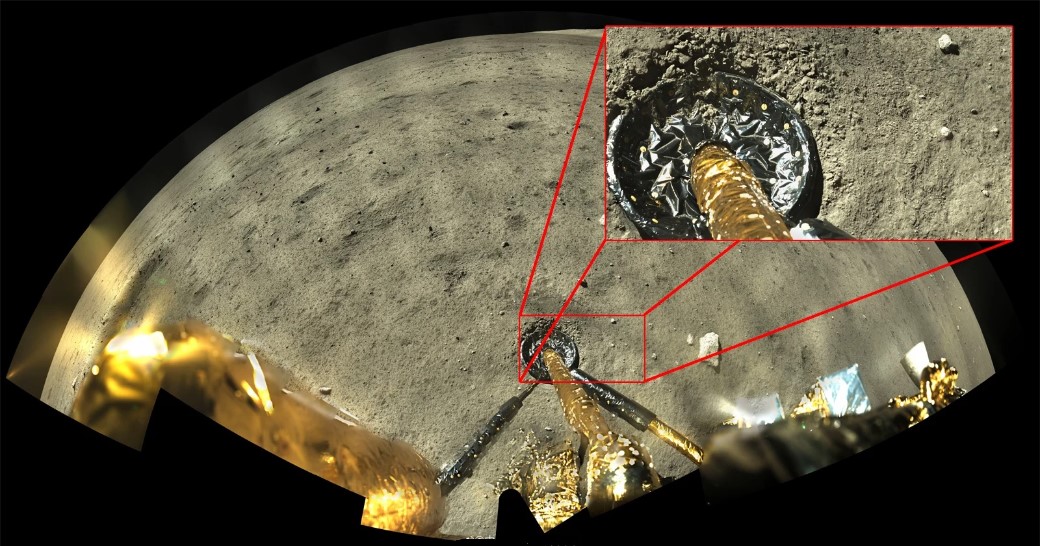NASA Researchers Get Permission to Apply for China Moon Samples

Researchers funded by NASA have received an extraordinary opportunity to seek access to lunar samples collected by China Chang e-5 mission. In a departure from the usual prohibition on bilateral activities, an internal email sent on Nov. 29 revealed that NASA-funded researchers could apply to the China National Space Administration (CNSA) for portions of the Chang e-5 samples.
The email stated, "NASA has certified its intent to Congress to allow NASA-funded researchers to apply to the China National Space Administration for access to lunar samples returned to Earth on the Chang e-5 mission and made available recently to the international scientific community for research purposes."
This unexpected move opens the door to potential collaboration between China and NASA-funded entities and researchers, contrary to NASA Administrator Bill Nelson previous strong stance against collaboration with China.
The "Wolf Amendment," a provision in NASA appropriations bills, typically limits cooperation with entities of the People Republic of China. Collaboration would require prior approval from Congress and certification from the FBI, ensuring no national security risks.
China Chang e-5 mission, launched in late 2020, successfully collected 1,731 grams of lunar material from Oceanus Procellarum. Initially made available to Chinese researchers, the samples were later offered to international groups in August. The samples are expected to provide new insights into the moon geological history, complementing NASA existing lunar samples.
The email encourages U.S. researchers to apply for the seventh round of sample access, with the application period open until December 22, 2023. Researchers are advised to contact NASA officials for guidance if their applications are selected. However, the email emphasizes that this exception applies solely to the Chang e-5 mission samples, and the general prohibition on bilateral activity with China on NASA-funded projects remains in place.
This development has been welcomed by the scientific community, with experts noting the potential for expanding lunar exploration beyond the regions covered by previous missions. James Head, a planetary scientist at Brown University, sees this as an exciting opportunity for future cooperation, possibly extending to missions like China Chang e-6 lunar farside sample return mission in 2024.
While the response from CNSA to NASA applications remains uncertain, this rare exception could be a positive step toward international collaboration in space exploration, despite the historical tensions between the U.S. and China in the field.


